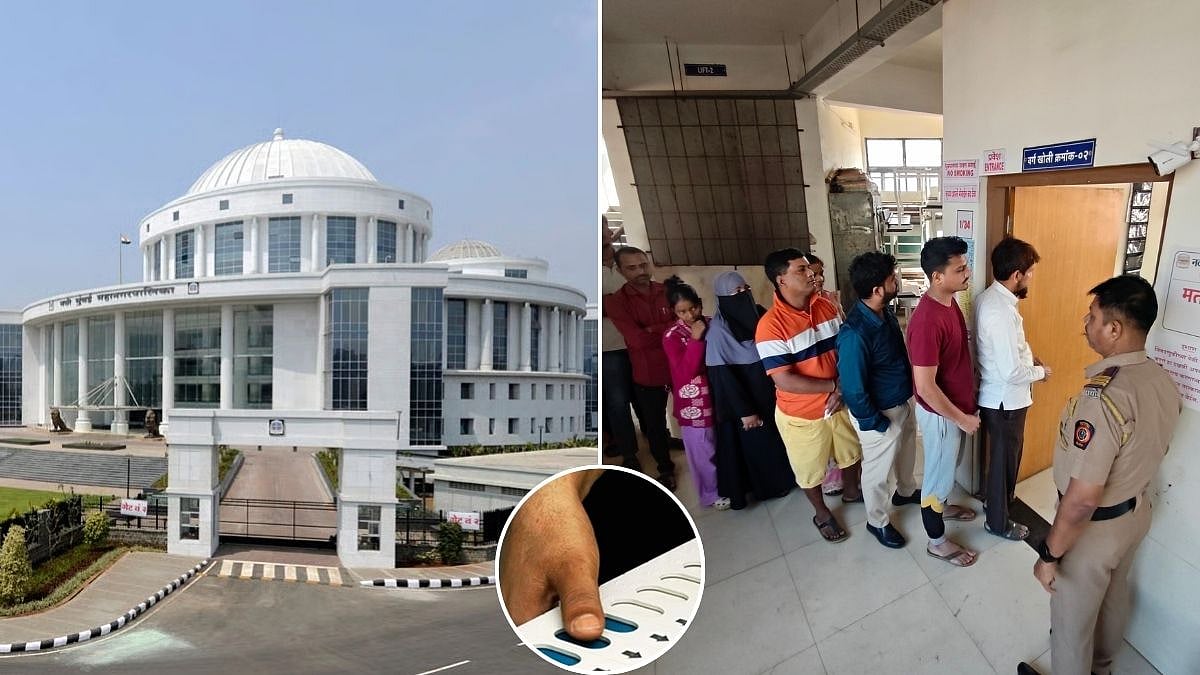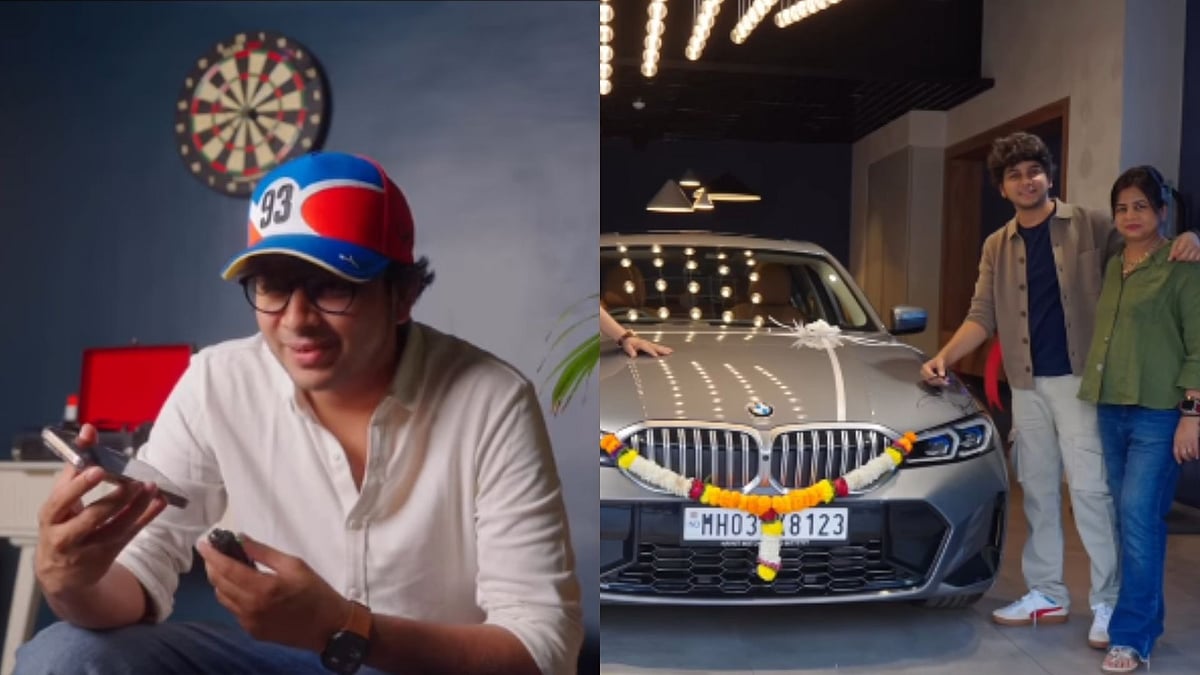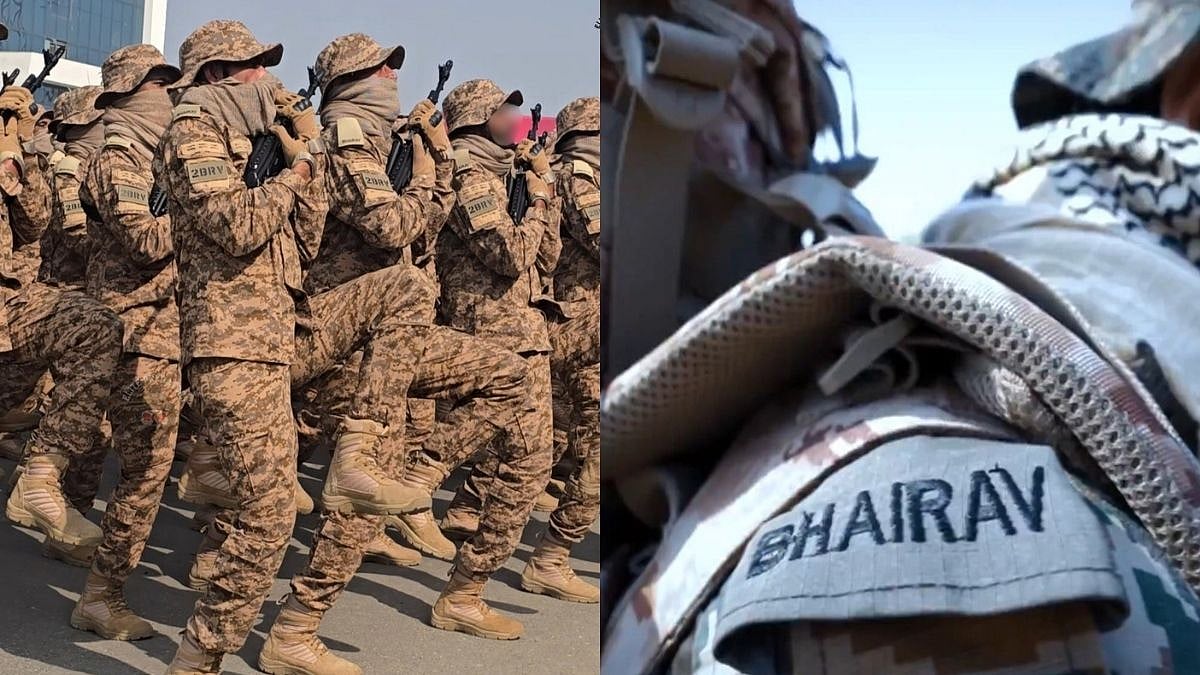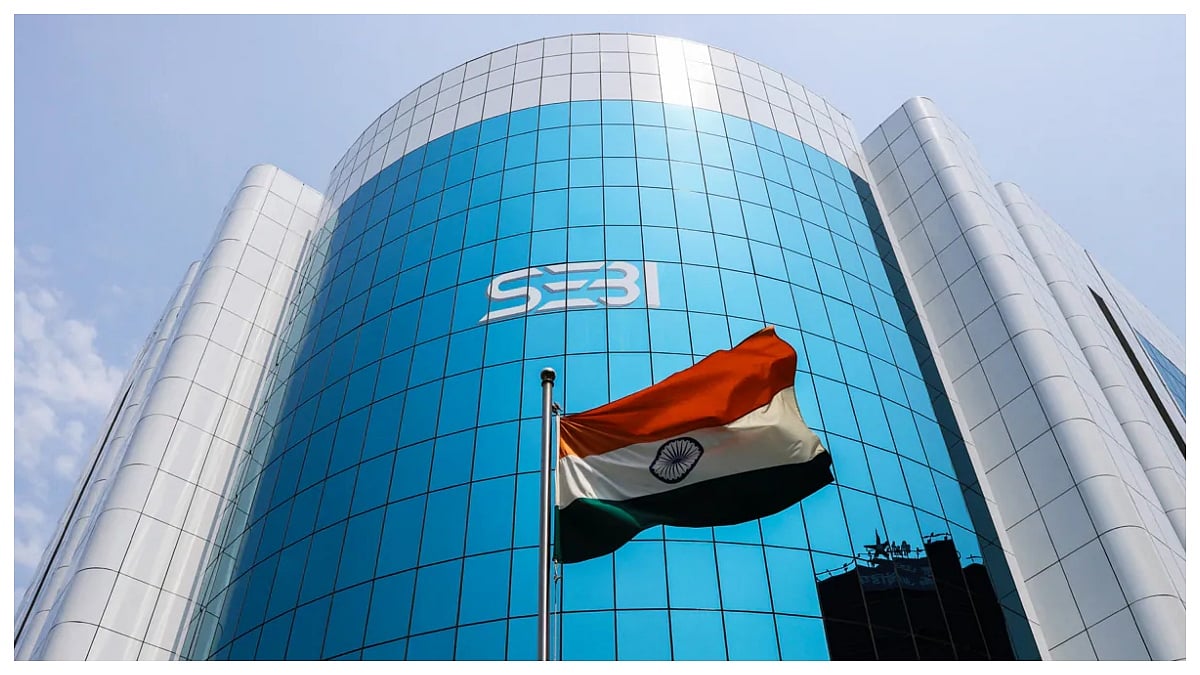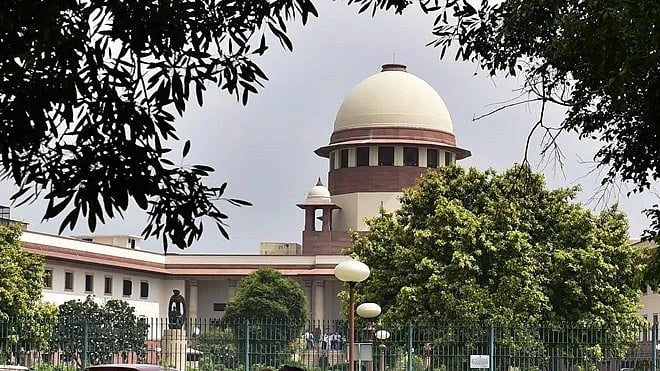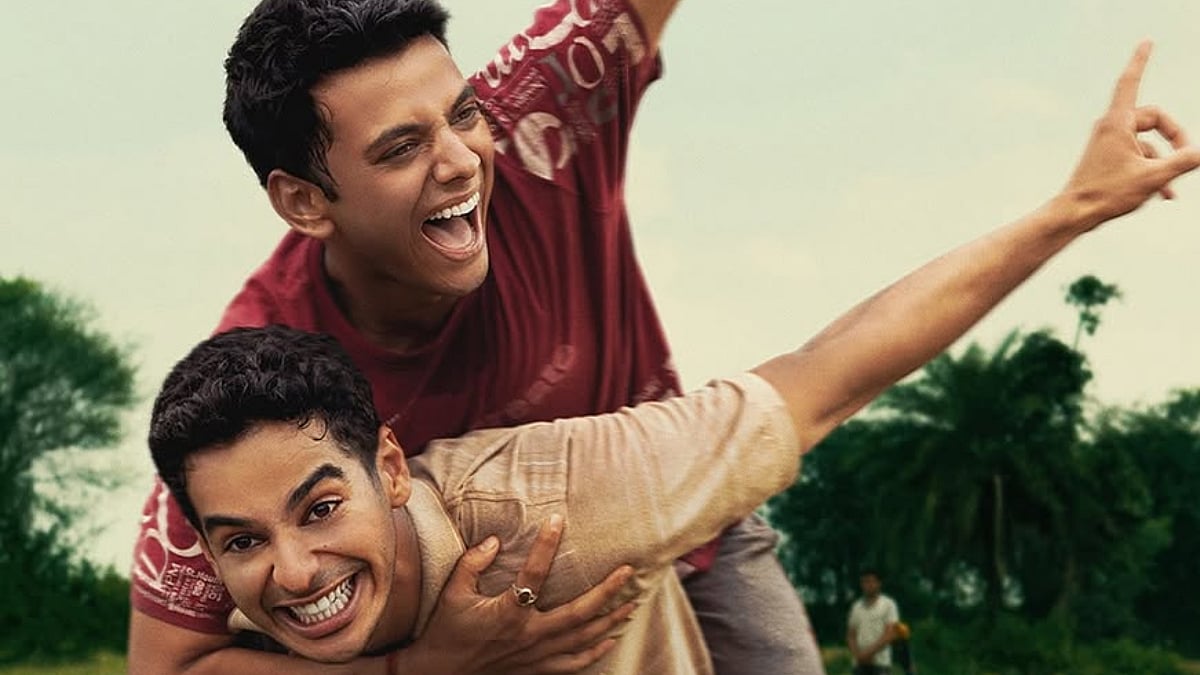In an India facing high unemployment, particularly among the youth, rising prices, cost of living crisis, widening inequality, campaign finance controversies and the alleged capture of the democratic institutions and media control, Prime Minister Narendra Modi’s campaign for 2024 Lok Sabha polls started with the promise of a developed India, national pride and the “Beyond 400” pitch. This along with Modi’s cult of personality politics, his building of the Ram temple and India’s rise in the world order were expected to boost BJP’s vote share and seats in the ongoing Lok Sabha polls. But after two phases of polling, the BJP seems to be worried that these issues are not shaping people’s voting choices.
Although a CSDS pre-poll survey showed that majority of Indians were very concerned about rising prices, insufficient jobs, and allegations of corruption against the ruling regime, these anxieties were still expected to be outmatched by Modi’s personal popularity and his ‘Make India Great Again’ pitch. However, with the onset of voting, BJP’s energetic pitch about its wide range of achievements over the last decade has been condensed into desperately calling its main opponent (the Congress) as a villain out to loot rights of the majority community, particularly the OBs, Dalits and tribals, to appease its vote bank (read Muslims). This shift in Modi’s campaign showcasing grand dreams of a Viksit Bharat to generating fear of “women’s mangalsutra would be stolen by the Congress hand” betrays fear of a very tough battle to cross the majority mark.
After two terms in office and a comparatively weak Opposition, it appeared for a while that the BJP was looking for a campaign on development pitch. But suddenly in the run-up to the second phase of voting, Modi started projecting the Congress as the party that could come to power and seize the properties of unsuspecting voters. Polarising Hindu voters against Muslims is an old Hindutva trick. However, to deploy it in the middle of an election when everything seemed in control displays the BJP’s doubts about its own narrative of Vikas. When the prime minister indulges in incendiary rhetoric about minorities, particularly Muslims, by calling them “infiltrators” and accuses the Congress of conspiring with the Muslim community to rob the Hindus of their wealth and entitlements means that he has sensed tough going for the BJP in the election.
To ensure that there was no ambiguity, the prime minister also went to the extent of suggesting that the Congress was going to take away the share of reservations for backward classes, scheduled castes and tribal people and give it to Muslims. This is an obvious attempt to create fear among the backward and Dalit sections of voters vis-à-vis the Congress so that they will vote for the BJP. Uttar Pradesh Chief Minister Yogi Adityanath went a step further by alleging that the Congress wanted to implement Sharia law in India, a clear attempt to raise the scare of Islamisation of India. In his recent speeches the prime minister has also attempted to portray the Opposition parties, particularly the Congress, as anti-Hindu.
Whether it is his assertion that the Congress party’s manifesto bore the “imprint of the Muslim League”, or his claim that the Opposition leaders had the mindset of the Mughals, the narrative the prime minister has tried to build is that the majority community would not be safe under the Congress-led Opposition rule. Other BJP star campaigners have been quick to build on the prime minister’s anti-Muslim rhetoric. Home Minister Amit Shah was reported to have said that the Congress was eyeing the wealth held by Hindu monasteries and temples, while Defence Minister Rajnath Singh “interpreted” the Congress manifesto to suggest that the party would apply Muslim reservation even to jobs in the armed forces. Such a marked shift in the BJP’s campaign does not inspire confidence in Modi’s claim that he is poised to win a decisive victory over the Opposition’s I.N.D.I.A bloc.
The distortion of the Congress manifesto and anti-minority narrative began a day after the first phase of polling was over. One of the reasons for the shift in Modi’s campaign could be the fact that voters are not sufficiently moved by issues such as the Ram temple, Article 370, and Viksit Bharat or by Modi’s charisma, to brave the summer heat and vote. The BJP’s core supporters hardly have patience for a pep talk about development and it is a given that nothing rallies them as effectively as anti-minority rhetoric. Apparently, what has the BJP worried is the low voter turnout in the two phases of election: the first phase has seen a 4% fall in polling percentage compared to 2019 and the second phase also saw a nearly 5% fall. What also worries the BJP is lower voting percentage in states like UP, MP and Rajasthan where it was expected to do very well.
If the low voter turnout is due to rising day temperature, then things are likely to get even worse as India moves into peak summer, with the Met department forecasting sweltering temperatures across the country till the last day of polling on June 1. As the polling schedule is long-drawn, lasting 44 days, the Election Commission seems to have underestimated the consequences of stretching the polling process over seven phases. It is quite possible that election fatigue will grow as the election progresses, and voter apathy and higher day temperatures will affect polling percentage. To counter voter apathy and election fatigue, political parties will keep providing fresh reiterations of key narratives and reinvent old narratives to keep voters engaged. That is precisely what the prime minister and his party are doing.
Given that communal polarisation works well for the BJP rather than the promise of development, Modi and BJP have returned to their pet themes to counter voters’ indifference to issues of development and India’s march towards the third largest economy. As the election proceeds and the heated campaign continues till May 30, there is a likelihood of the BJP continuing with a fresh polarising narrative to keep voters emotionally charged. Hopefully, the Opposition, which has so far kept away from providing grist for the polarising rumour mills of the BJP, will refrain from playing the game by the BJP’s rules. Whoever wins or loses the ongoing election, it is going to be a long, hot summer of suspense till June 4.
The writer is a senior independent Mumbai-based journalist. He tweets at @ali_chougule

